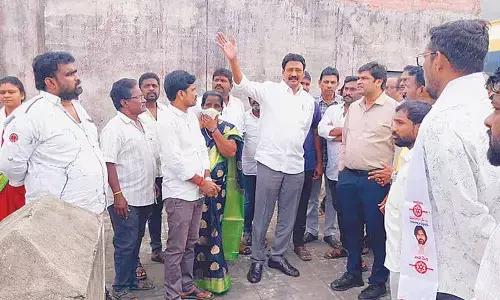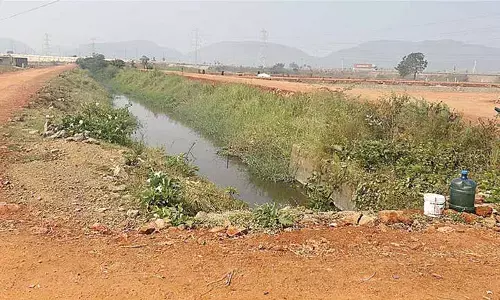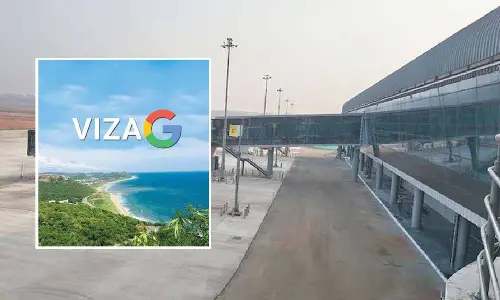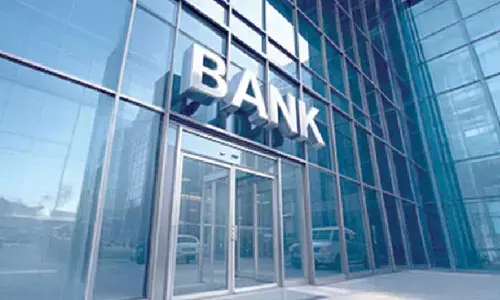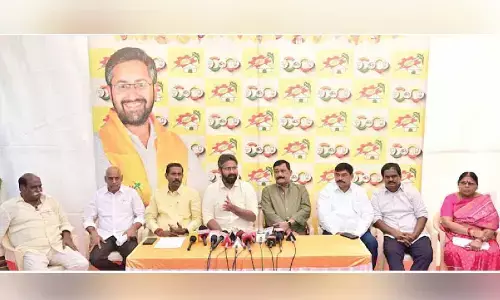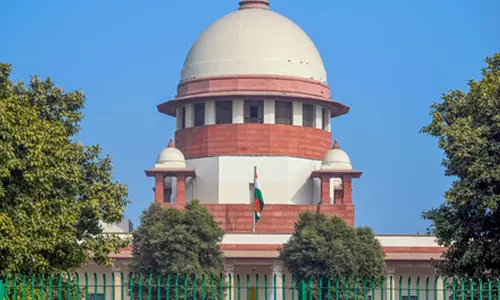Heritage tag to Paralakhemundi station and PLR loco on track
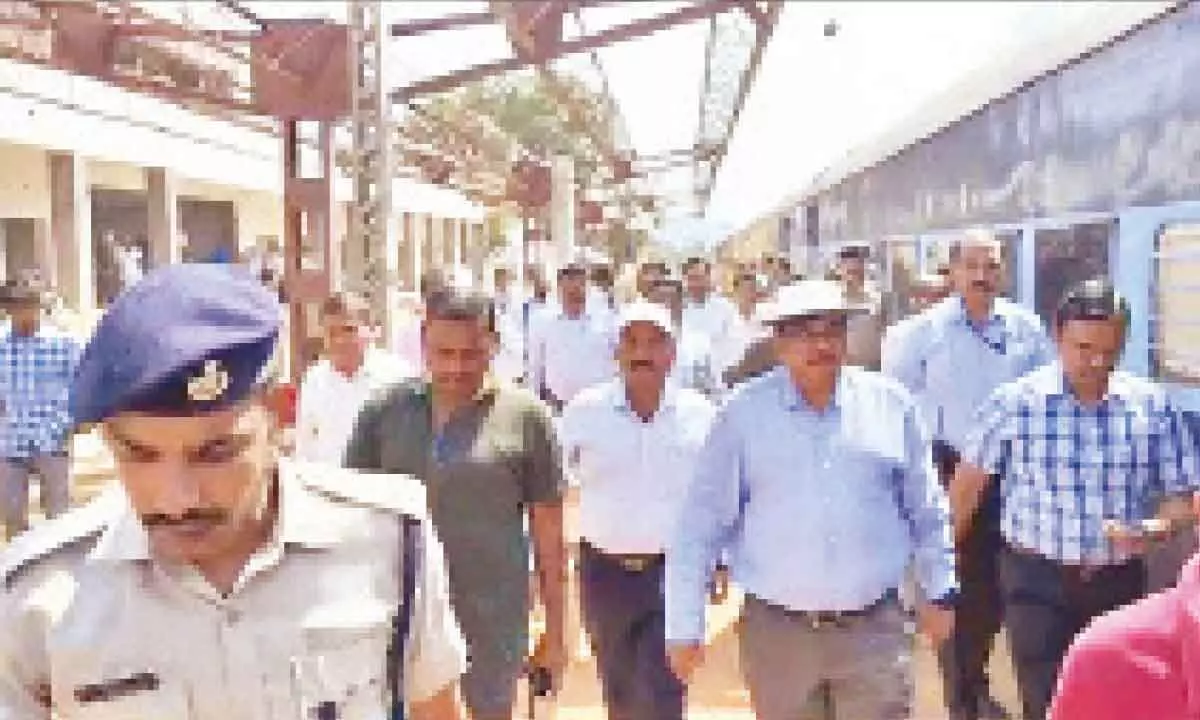
Berhampur: The much-awaited heritage tag to the 124-year-old Paralakhemundi railway station and rehabilitation of an original locomotive of Parlakimedi Light Railway (PLR) are likely to see the light soon as the Railway has put the public demand on the track.
This was stated by East Coast Railway (ECoR) Visakhapatnam division DRM Sourav Prasad during his visit to Paralakhemundi railway station on Saturday. The DRM visited Paralakhemundi to review the developmental works, including the construction of platform, foot over bridge and level crossing.
Efforts are on to convert the old Railway Station into a heritage building and bring one of the original locomotives of the PLR to the Railway Station complex. The work is in progress, he said. The century-old Paralakhemundi Railway Station is being renovated now.
This has been a long-standing demand of the people of Paralakhemundi.
Bishnu Mohan Adhikari of Paralakhemundi and also an Odisha Rail Heritage researcher said the Maharajas of Paralakhemundi put Odisha on Railway map 124 years ago and it is the pride of entire Odisha. Raghunath Maharana, Gajendra Panda and others of Paralakhemundi Baristha Nagarika Sangha lauded the efforts of the Railways for the development of Paralakhemundi Railway Station. ”We must take urgent steps to bring back at least one PLR loco to Paralakhemundi to introspect the vision of the first Premier of Odisha, Maharaja Krushna Chandra Gajapati, and his father Maharaja Goura Chandra Gajapati, who introduced the first privately managed Railway in Odisha,” said members of Appanna Parichha Smruti Sansad.
The East Coast Railway came into existence in 1893 with the construction of Cuttack-Khurda Road-Puri line covering a distance of 96 km and its subsequent link up along the East Coast up to Vijayawada - the junction points of Southern Maratha Railway and Nizam’s Guaranteed State Railway. The East Coast Railway brought a rail line to Naupada in 1894. The Raja of Parlakimedi decided to connect his capital with Naupada which was only 40 km away. With the government giving its sanction in 1898, work began in full earnest. The line was opened to traffic in 1900.
Parlakimedi Light Railway (PLR) was a two-foot six-inch gauge railway. It was the brainchild of the erstwhile Maharaja of Paralakhemundi, which came under the British influence in 1768.
The East Coast Railway brought a rail line to Naupada in 1894. The Maharaja of Parlakimedi Goura Chandra Gajapati decided to connect his capital Paralakhemundi with Naupada, which was only 40 km away. With the government giving its sanction in 1898, work began in full earnest. The line was opened to traffic in 1900. This railway line was built at a cost of Rs 700,000 at that time.
Due to a change in the policy of British government, the Bengal-Nagpur Railway, popularly known as the BNR, took over the northern section of East Coast Railway from Vizianagaram to Cuttack, including the Branch Line of Puri by 23-01-1902. Accordingly, the working of PLR was taken over by Bengal-Nagpur Railway in 1902. In the first few years, the PLR had incurred losses but after 1910, it started making marginal profits and after 1924-25, the profits increased. This motivated the Raja to extend the line to Gunupur in two phases in 1929 and 1931.
The management of BNR was taken over by the government of India in October 1944. On 14-04-1952, at the time of the re-grouping of the Indian Railways, it became part of the Eastern Railway. The merger of BNR into Eastern Railway, however, did not last long and on 01-08-1955 it was merged with newly constituted South Eastern Railway.
During the SER centenary celebrations in 1987, a set of four postage stamps was released. One of the stamps featured the PL 691 locomotive.
The standard type of locomotive on PLR was the 20-tonne 0-6-4 tank locomotive with small (27-inch diameter) coupled wheels and an axle load of only 4.75 tonnes. The Parlakimedi engines were designated as the ‘PL’ class.
Diesel took over from steam onApril 23, 1992.
In view of the continuous loss that this railway was making, Railways decided to introduce a rail bus service in this section. The buses reached Naupada but were never used as by then the government had decided in favour of gauge conversion. The foundation stone was finally laid for Naupada-Gunupur gauge conversion work at Naupada on September 27, 2002. With effect from April 1, 2003, PLR became a part of the newly formed East Coast Railway. The line was finally closed for gauge conversion on June 9, 2004 and restored subsequently and the rest is history.








